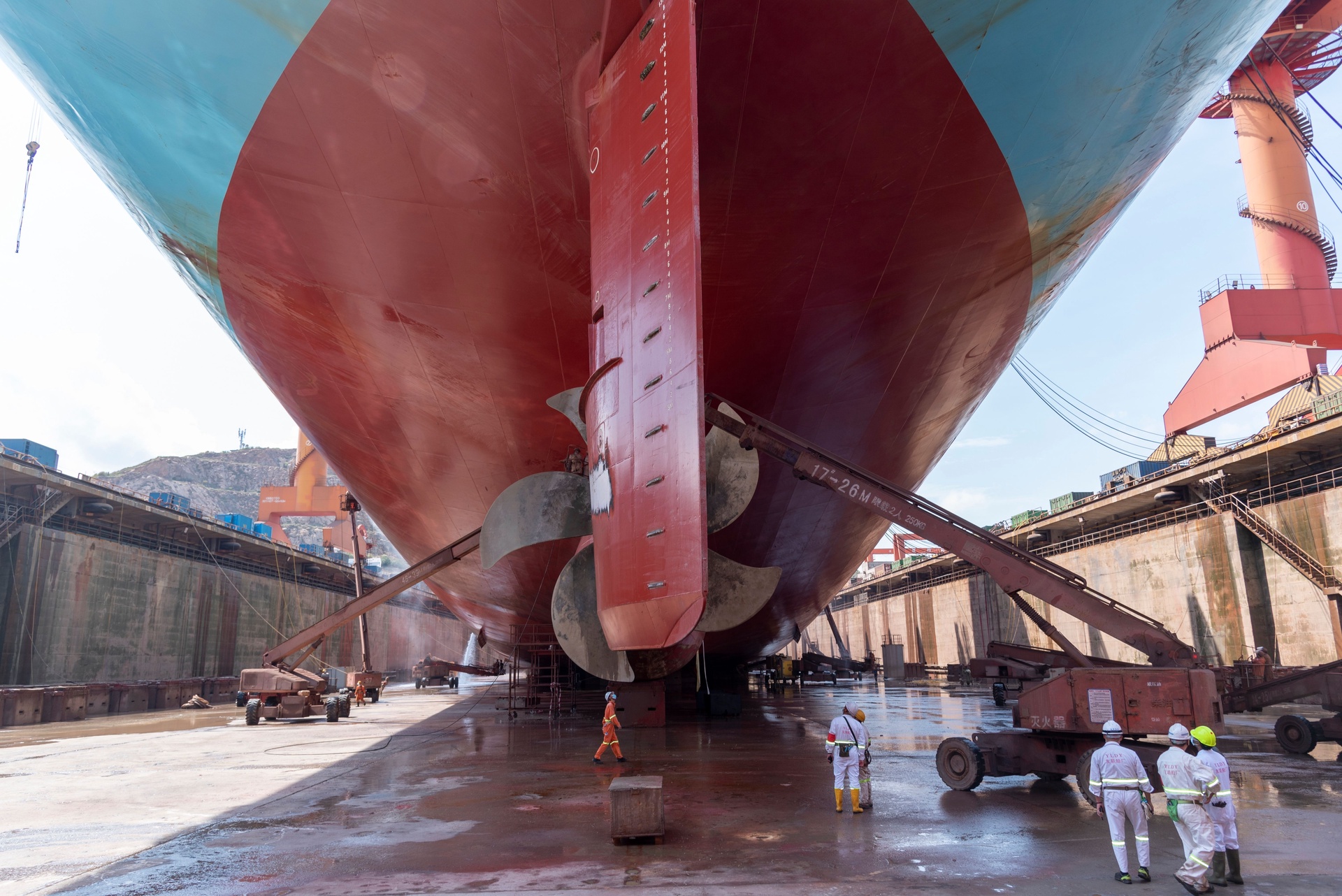British oil major BP has signed a sale and purchase agreement with State Power Investment Corp (SPIC) to supply pipeline natural gas to Guangdong province for a period of 10 years starting from 2023.
The gas will be supplied via the Guangdong Dapeng Liquified Natural Gas terminal, in which BP has a 30% stake. The agreement, for 200,000 metric tonnes per year, was signed on December 20.
This is the latest in a series of long-term LNG supply deals signed by Chinese companies this year as the government addresses energy security concerns.
State Power Investment Corp is one of China's largest power generation companies. According to Standard & Poor’s, the contract signals a move towards direct procurement of its gas supply from private industry players, as opposed to relying on national oil companies for energy supply.
An increasing number of companies outside the three big national oil companies (Sinopec, PetroChina and CNOOC) are entering the gas business, with many leveraging their size and stronger creditworthiness to sign long-term deals.
For SPIC, it represents an important step to promote the development of its international natural gas trading business using the Hengqin Guangdong-Macao Deep Cooperation Zone as a platform.
LNG imports
BP China started supplying gas from LNG imports directly to its customers in China in January 2021.
In October BP signed a 10-year LNG supply deal with distribution company Shenzhen Gas, comprising 225,000 to 300,000 tonnes of LNG per annum.
On December 8 QatarEnergy signed a sale and purchase agreement with China Suntien Green Energy subsidiary S&T International Natural Gas Trading Co Hong Kong.
Under the terms of the deal, Qatar Liquefied Gas will sell 1 million metric tonnes of LNG per year for 15 years, beginning in late 2022 or early 2023. According to Shanghai and Hong Kong-listed China Suntien, prices will be linked to international crude oil prices.
The deal came a few days after Qatar Energy signed a 1 million mt/year LNG deal with Guangdong Energy Group Natural Gas, which starts delivery from 2024 for 10 years.
China Suntien Green Energy is a Hebei provincial government-controlled natural gas distributor and wind power producer, which is building an LNG receiving terminal at Caofeidian in Tangshan city, in northern Hebei province.
The project, which will be divided into three phases and has a total LNG handling capacity of 12 million mt/year, involves construction of two berths capable of receiving LNG carriers of 80,000-266,000 cubic metres and 20 LNG storage tanks with a capacity of 200,000 cu m each.
Handling capacity
The first phase of the Caofeidian LNG project, with an LNG handling capacity of 5 million mt/year, comprising one LNG receiving berth and four LNG storage tanks, is scheduled to start operations by the end of 2022.
S&P notes that China Suntien Green Energy is also building a 176-kilometre natural gas pipeline that connects the Tangshan LNG terminal with other trunk natural gas pipelines in the country, such as the China-Russia natural gas pipeline's eastern route and Shaanxi-Beijing natural gas pipeline.
The pipeline passes through the Baodi transmission station in Tianjin and will further improve the gas network in Hebei province and increase gas supply capacity in the Beijing-Tianjin-Hebei region.
State-owned PetroChina operates an LNG terminal in Tangshan, which has a total nameplate LNG receiving capacity of 10 million mt/year after its phase three was launched in August.
China is also signing deals with operators in the fast-growing US LNG market. In early December Venture Global, the developer of four LNG export plants in Louisiana, signed LNG supply deals with units of China National Offshore Oil Corp (CNOOC), having already put in place an agreement with China Petroleum & Chemical Corp (Sinopec).
Global agreements
There have been over a dozen such global agreements signed in 2021, involving both Chinese oil majors, private LNG importers, and gas distribution companies. Many have been signed since early September, illustrating the urgency of ensuring energy supplies during a period of extremely high LNG spot prices.
China is also a major importer of LNG from the Yamal LNG project in Russia, as well as receiving pipeline gas from Siberia.
Chinese LNG imports rose by 18% during the first 11 months of 2021, making it the world’s biggest LNG importer.
Energy shortages in September, requiring China to step up coal production, have moved securing long-term supplies of LNG up the agenda.
In fact, 2021 was a record year globally for coal-fired power generation, as LNG has struggled to keep up with demand.
Spot gas prices are still extremely high in Europe, and some LNG carriers have been diverted from routes to Asia to take advantage of the premium for European delivery. Trade media report that there has even been a rare delivery of Australian LNG into Europe, with the vessel offloading in Barcelona.








